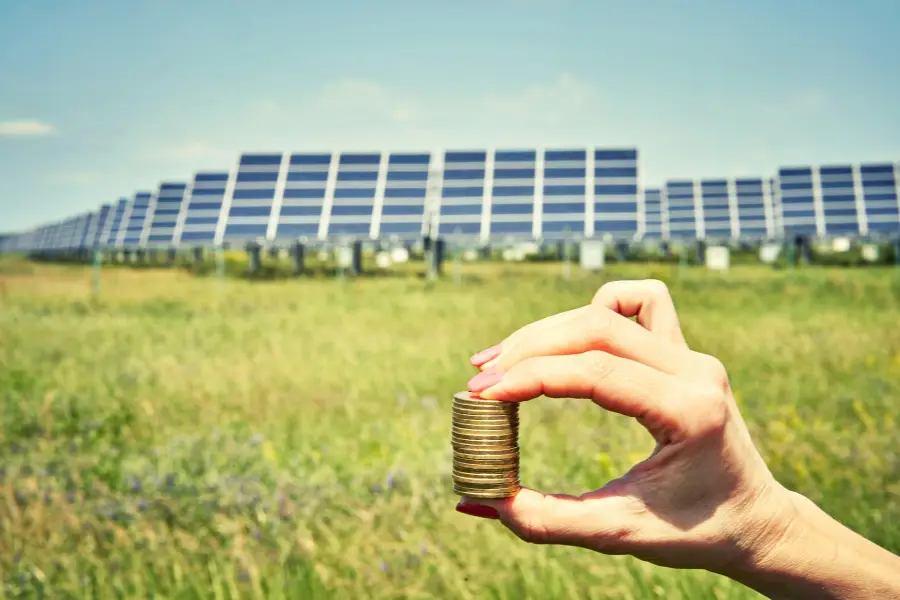The Middle East is undergoing a significant transformation in its energy landscape, with a surge in investments in renewable energy. According to the Energy Industries Council (EIC), the region is poised to invest a substantial $75.63 billion in renewable energy projects by 2030. This marks a substantial shift towards cleaner energy sources, although oil and gas continue to dominate the energy sector.
A Growing Pipeline of Renewable Energy Projects
The EIC report highlights a burgeoning pipeline of renewable energy projects in the Middle East. Between 2003 and 2030, 116 new projects are expected to come online, spanning a diverse range of technologies such as solar power, wind, hydro, hydrogen production, carbon capture utilization and storage (CCUS), geothermal energy, and battery energy storage systems. One notable example is the world’s largest solar microgrid, being developed in Saudi Arabia as part of the Red Sea Project.
Balancing Renewable Energy with Oil and Gas
Despite the increasing investments in renewable energy, the Middle East remains heavily reliant on oil and gas. The International Energy Agency (IEA) estimates that only 20% of energy funds will be allocated to renewables, while the majority will continue to flow into oil and gas projects. The region’s abundant natural gas reserves and competitive pricing solidify its position as a global hydrocarbon leader.
A Complex Energy Transition
Aqilah Shahruddin, the author of the EIC report, emphasizes the complexities of the Middle East’s energy transition. While the region is witnessing a growth in renewable energy projects, it remains dependent on traditional energy sources. The balancing act between producing clean energy and maintaining dominance in the global hydrocarbon market presents significant challenges.
Renewable Energy’s Growing Importance
Although oil and gas currently dominate the Middle East’s energy landscape, renewable energy is steadily gaining prominence. Forecasts from the EIC suggest that renewable energy will play a significant role in the region’s future energy mix. This shift aligns with the global trend towards sustainable energy solutions.
The Benefits of Renewable Energy Investments
The increase in renewable energy investments offers several advantages for the Middle East. Solar, wind, and hydrogen projects contribute to reducing carbon emissions and promote energy independence. Additionally, these investments create new jobs in green industries, fostering economic growth and diversification.
Hydrogen: A Promising Export
Hydrogen, in particular, holds great potential for the Middle East. Produced using renewable energy sources, hydrogen can be a valuable export product. Countries like Saudi Arabia and the UAE are actively pursuing hydrogen projects, aiming to become global leaders in this emerging market.
Challenges and Opportunities
The transition to a renewable energy-based economy in the Middle East will not be without its challenges. Collaboration between governments, private sectors, and international investors will be crucial to overcome these hurdles. While oil and gas will likely remain dominant for some time, renewable energy will play an increasingly important role. The Middle East possesses the natural and financial resources to successfully navigate this energy transition.
The Middle East’s investment of $75 billion in renewable energy by 2030 signifies a promising future for the region’s energy landscape. While the transition may be complex, it is both necessary and achievable. By embracing renewable energy, the Middle East can position itself as a leader in clean energy technology and secure a sustainable energy future.



